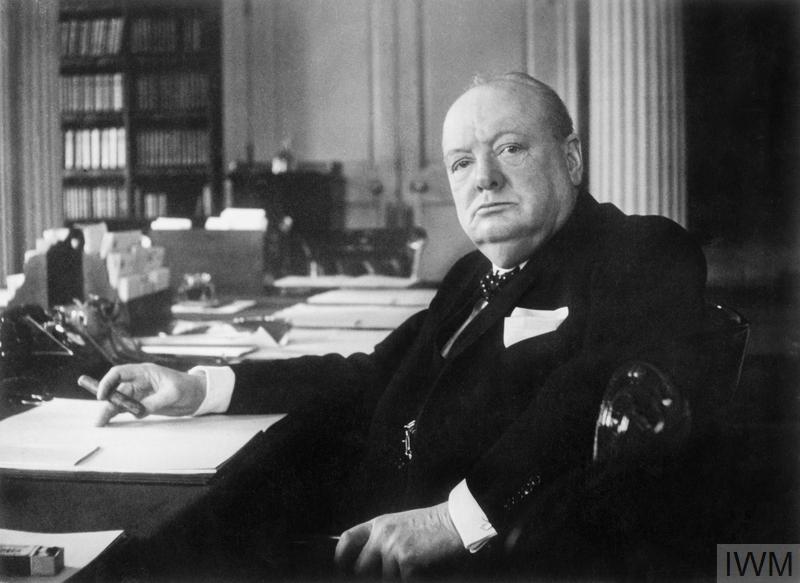Having failed to prevent the defeat of Poland in September 1939, Britain and France were faced with the prospect of a long and costly war with Germany. The rapid defeat of Poland was followed by a period of inaction and stalemate in western Europe.
The British Army in France
Army and French Air Force personnel outside a dugout named '10 Downing Street' on the edge of an airfield in France during the 'Phoney War', 28 November 1939.
Although there was some action at sea, there was little activity on land and, surprisingly to many, in the air. With little in the way of actual fighting, this sense of unreality earned this period the nickname of the 'Phoney War'.
From September 1939 to May 1940, apart from a few brief skirmishes, both sides were content to remain behind their defences. This contrast with the blitzkrieg ('lightning war') tactics of the Polish campaign resulted in the war being labelled as the 'sitzkrieg' and the 'Bore War'.
The Anglo-French war plans were fundamentally defensive and the build-up of French and British land forces proved to be a lengthy process. In the meantime, much importance was placed upon the effects of the Allied naval blockade of Germany.
On the home front, Britain braced itself for an all-out German air attack and its civil defence plans were immediately put into effect. Air raid precautions were rigorously imposed, but although the much-feared danger of aerial attack did not immediately materialise, people still had to abide by a host of government restrictions. Conscription, food rationing and the use of public transport for military purposes combined to make the 'Phoney War' a time of discomfort and anti-climax in Britain.
In the spring of 1940 Germany launched attacks against Scandinavia and western Europe. Norway was strategically and economically important to both Germany and the Allies. Hitler decided to pre-empt an Allied move, and German troops invaded Norway by sea and air on 9 April 1940. On 10 May 1940, Germany also launched attacks on France, Belgium, the Netherlands and Luxembourg, bringing the stalemate in western Europe to an end.
Winston Churchill at 10 Downing Street
The British were unable to stop the invasion of Norway, despite inflicting significant losses upon the German surface fleet. On 7-8 May 1940 the House of Commons debated the disastrous Norwegian campaign. Prime Minister Neville Chamberlain was widely criticised and, unable to form a national government that would serve under him, he resigned. On 10 May 1940, Winston Churchill became Prime Minister.
This article was edited by Jessica Talarico. Other IWM staff members contributed to writing an older version of this piece.





